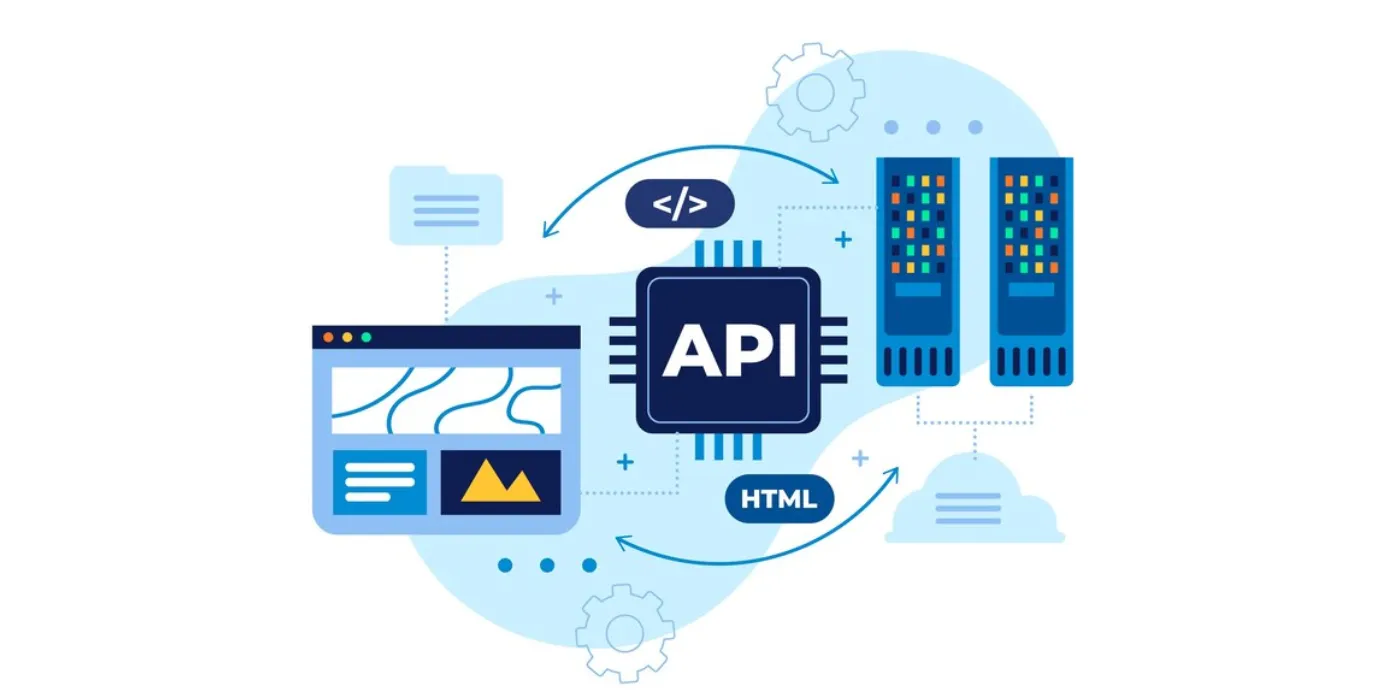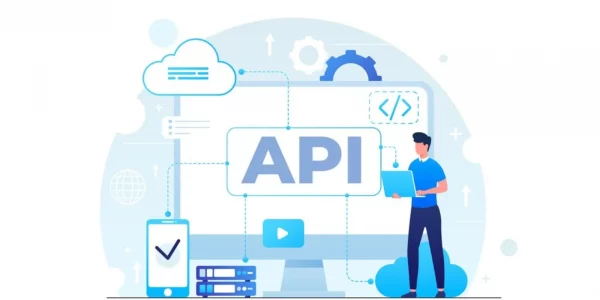In today’s digital world, APIs (Application Programming Interfaces) play a vital role in connecting and integrating various software systems and services. Businesses rely on APIs to provide seamless communication and data exchange, enabling them to deliver innovative products and services to their customers. However, ensuring the availability of APIs is crucial for businesses to maintain uninterrupted operations. To achieve this, organizations can leverage API availability alerts. In this article, we will explore how to easily obtain API availability alerts to stay informed and take proactive measures.

Understanding API Availability Alerts
API availability alerts are real-time notifications that inform developers, system administrators, and other stakeholders about the availability status of an API. These alerts are triggered when an API becomes inaccessible or experiences performance degradation. By receiving these alerts, businesses can take immediate action to minimize the impact on their operations and end-users. API alerts help organizations stay ahead by ensuring the smooth functioning of their APIs and providing uninterrupted services to their customers.
Choosing the Right API Monitoring Tool
To obtain API alerts easily, organizations need to choose the right API monitoring tool. There are several factors to consider when selecting a monitoring tool:
1. Real-time Monitoring
The monitoring tool should provide real-time monitoring capabilities to detect any API downtime or performance issues promptly. Real-time monitoring ensures that organizations are immediately notified when an API becomes unavailable or experiences degradation, enabling them to take immediate action.
2. Easy Integration
The monitoring tool should be easy to integrate with the existing infrastructure and APIs. It should support various protocols and provide seamless integration options, allowing organizations to monitor their APIs without significant changes to their systems.
3. Customizable Alerts
Customizable alerts are essential for organizations to receive API notifications in a way that suits their needs. The monitoring tool should allow users to configure alert preferences, such as the preferred communication channels (email, SMS, etc.) and the individuals or teams to be notified.
4. Performance Analytics
In addition to availability alerts, the monitoring tool should provide performance analytics to help organizations identify trends and patterns in API performance. Performance analytics can provide valuable insights into potential bottlenecks or areas for optimization, enabling organizations to enhance their API reliability and performance.
Implementing API Availability Alerts
Once the right API monitoring tool is selected, organizations can follow these steps to implement API availability alerts easily:
1. Define Monitoring Requirements
Start by defining the specific APIs that need to be monitored and the desired monitoring frequency. Consider factors such as API criticality, user expectations, and business requirements. By clearly defining the monitoring requirements, organizations can focus their efforts on the most crucial APIs and ensure effective monitoring.
2. Configure Monitoring Settings
Configure the monitoring tool according to the defined monitoring requirements. This includes setting up the monitoring intervals, specifying the endpoints to monitor, and defining the criteria for triggering availability alerts. Customizable monitoring settings allow organizations to tailor the monitoring process to their specific needs.
3. Set Up Alert Notifications
Configure the alert notifications to receive API availability alerts easily. Specify the preferred communication channels and the recipients who should receive the alerts. It is important to ensure that the alert notifications are clear, concise, and provide sufficient information to take immediate action.
4. Establish Escalation Procedures
Establish escalation procedures to ensure that API availability issues are addressed promptly. Define a hierarchy of stakeholders who will be notified in case of prolonged API unavailability or critical performance degradation. Clear escalation procedures help ensure that the right people are engaged in resolving the issues effectively.
5. Regularly Review and Improve
Regularly review the effectiveness of the implemented API availability alerts and make necessary improvements. Analyze the received alerts, evaluate the response times, and assess the impact on the organization’s operations. Continuously refining the monitoring settings and alert notifications will help optimize the API availability monitoring process.
To make use of it, you must first:
- Go to Uptimeapicloud and simply click on the button “Start monitoring with 30-day Free Trial” to start using the API.
- After signing up in Uptimeapicloud, you’ll be given your personal Trail. Click on the Monitors option.
- Click on the New Monitor button and add the API details with the API name and URL.
- Once you are done, make the API call by pressing the button “Create” and see the results on your screen.
Conclusion
Obtaining API availability alerts easily is crucial for organizations to ensure the seamless functioning of their APIs and provide uninterrupted services to their customers. By choosing the right API monitoring tool and following the steps outlined in this article, businesses can implement API availability alerts effectively. Real-time monitoring, easy integration, customizable alerts, and performance analytics are some key factors to consider when selecting a monitoring tool. With the right tool in place, organizations can stay informed about API availability status and take proactive measures to minimize disruptions and maximize customer satisfaction.
Read More: API availability alerts unleashed your guide

